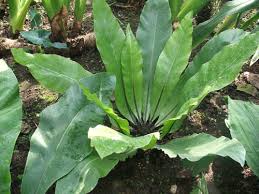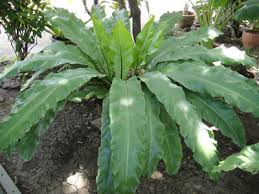Birds Nest Fern: How To Grow And Care For Asplenium Species


If you’re slowly turning your home into a haven for tropical plants, the birds nest fern is a must-have plant. This lush, leathery-leaved fern finds its home in humid environments naturally. Still, it can easily become a brilliant flush of green indoors or out. Does this sound enticing? If so, read on to learn all about the bird’s nest fern and how to care for it!.
.jpeg)
Birds Nest Fern Overview
Birds nest fern, Bird’s nest fern, Bird’s-nest fern, ō-tani-watari, tani-watari, Crow’s nest fern, Nest fern, Bird’s nest spleenwort, Wild birdsnest fern, New World birdsnest fern
Scientific Name Asplenium antiquum, Asplenium australasicum, Asplenium nidus, Asplenium serratum
Family Aspleniaceae
Origin Tropical areas throughout Asia, Africa, the Caribbean, Australia, and the United States
Height 2-3 feet at maximum growth
Light Shade to indirect low light
Water Moist but not wet soil, water around base of plant
Temperature 70-80 degrees Fahrenheit is ideal for this tropical plant.
Humidity Loves high humidity.
Soil Extremely well-draining potting mix
Fertilizer Balanced liquid fertilizer, diluted to half or less strength
Propagation Spores or tissue culture
Pests Foliar nematodes, caterpillars, fungus gnats, mealybugs, scale, slugs. Also can experience bacterial blight.
Types of Birds Nest Fern
Native to the temperate regions of eastern Asia, this fern commonly grows on tree trunks, cliffs, and in dark forests. While it is endangered in the wild, it’s commonly available throughout the United States and Europe as an ornamental houseplant. It grows on average 2-3 feet in height/width. Bright green blade-like leaves with a firm center rib and uniform width extend upward from the tight root mass. The edges of the leaves are delightfully crinkled and rippled.
.jpeg)
https://www.epicgardening.com/birds-nest-fern/
 hiveblocks
hiveblocks